Sustainability & Brand Marketing - intro
by author, Marie Cesbron
Marie Cesbron has over two decades of experience in growing, transforming and future-proofing beauty & wellness brands. First at l’Oreal group, where she took on various leadership roles in marketing, insight/foresight and innovation, based in Paris, New York and London. Then at Walgreens Boots Alliance’s consumer arm (now No7 Beauty Company), where she was Global Innovation Director.
This presentation is available to free sign-up members. Just pop in your email and select the free membership and you can access this presentation for free.
1. Brand purpose
connected yet not the same as sustainability.
What is a brand purpose?
Since Simon Sinek’s work around the “Why” of a brand and the Golden Circle (2009), brand purpose has been defined as the Very Reason Why a brand exists, beyond profit.

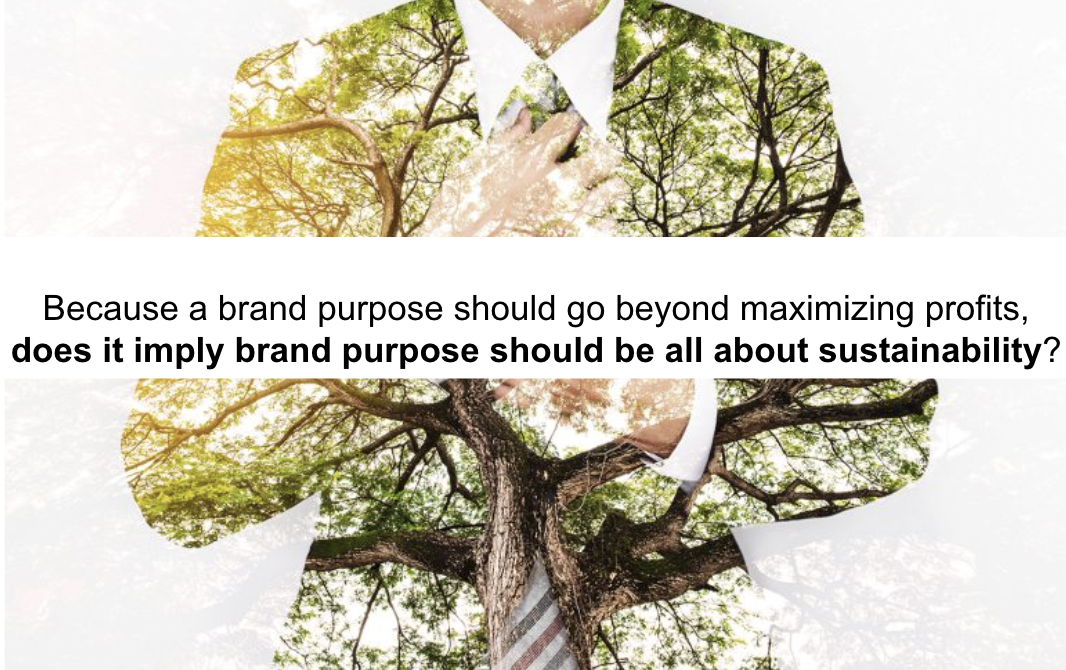
Purpose focuses on Why, Sustainability focuses on How
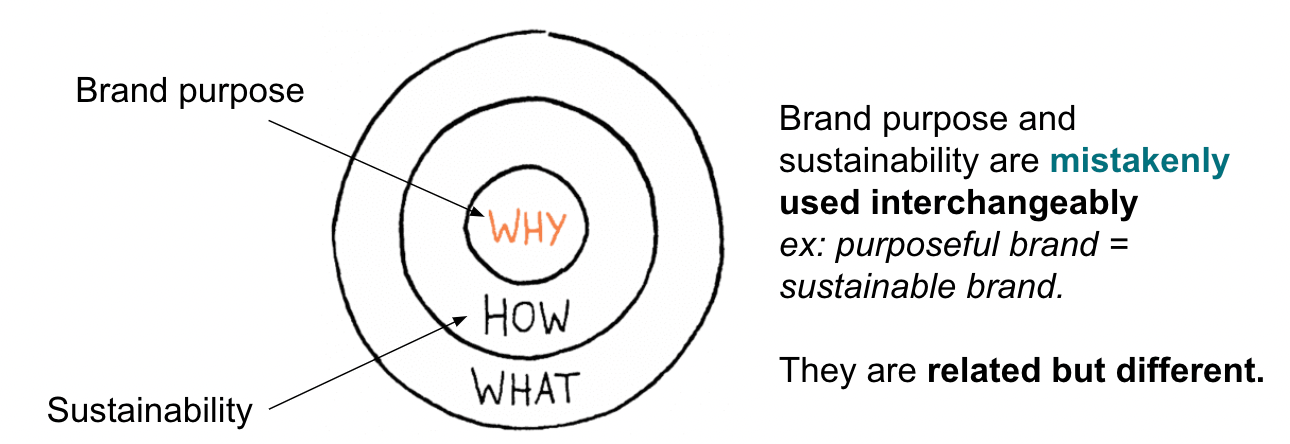
LEARN MORE AND READ THE FULL REPORT ON BRAND PURPOSE, HERE
The 3 mains risks of fusing purpose with sustainability
- Greenwashing:
Can come across as disingenuous as this is not the primary reason why most brands exist.
- Loss of focus:
Can distract from what a brand must be best at - and innovate against- to keep existing.
- Loss of uniqueness
Could lead to brands becoming too similar, and consequently being picked off by private labels.
Sustainability can be a source of competitive advantage today, but will be table stakes tomorrow.
LEARN MORE AND READ THE FULL REPORT ON BRAND PURPOSE, HERE
Still, brand purpose should be accomplished sustainably!
- All stakeholders now hold businesses accountable
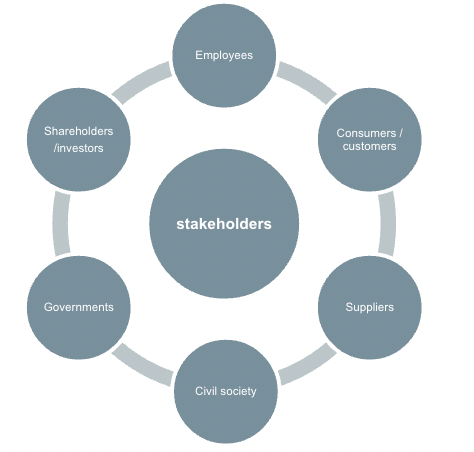
- <1/5 of SOM but 1/3 of growth (CPG)
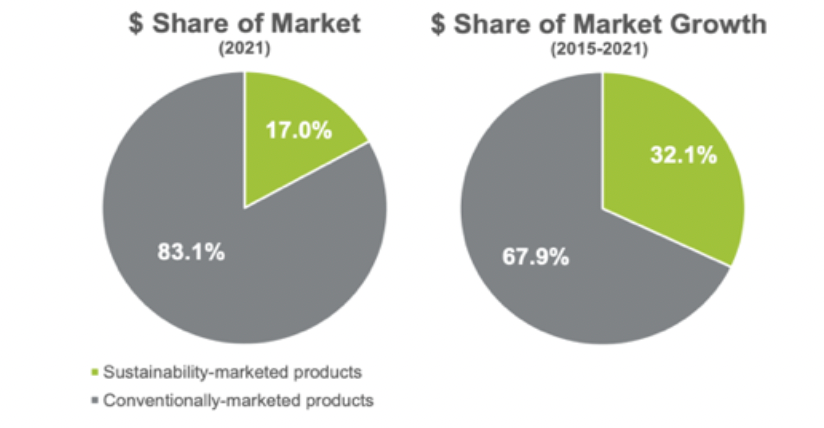
LEARN MORE AND READ THE FULL REPORT ON BRAND PURPOSE, HERE
2. Brand equity
The reciprocal contributions between brand equity and sustainability
What is a brand equity?
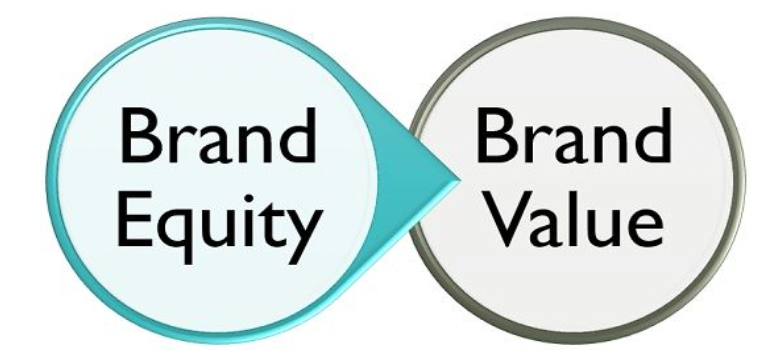
Brand equity is the value added by a brand to a product/service.
Sustainability can strengthen all components of brand equity and vice versa

LEARN MORE AND READ THE FULL REPORT ON BRAND EQUITY, HERE
Brand equity provides a framework for best-in-class sustainability claims and initiatives
- Desirable (important and w/ no or low trade-off)
- Aligned (with brand value proposition and category)
- Clear (easy to understand)
- Competitive (make a difference and an impact)
- Substantiated (build trust)
- Spot on (in the right place & at the right moment)
LEARN MORE AND READ THE FULL REPORT ON BRAND EQUITY, HERE
3. Cause Marketing & Brand activism
mutually beneficial for a brand and for a cause – if done right.
Brands are now expected to share what they stand up for, beyond what they stand for

Beyond grounding sustainability within business operations, companies / brands are increasingly expected to join or create a movement.
LEARN MORE AND READ THE FULL REPORT ON CAUSE MARKETING & BRAND ACTIVISM, HERE
What is brand activism?
The main difference between cause marketing and brand activism is that the latter is driven by justice, with the aim to shape policy debates and reform the system.
Also, cause marketing is usually directly tied to purchase and/or advertising.
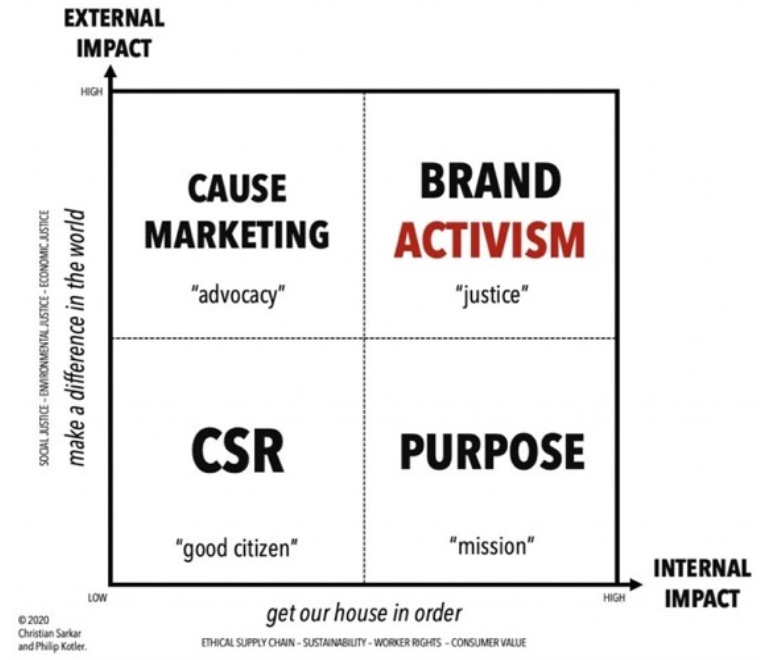
CEOs are expected to inform policy, not politics
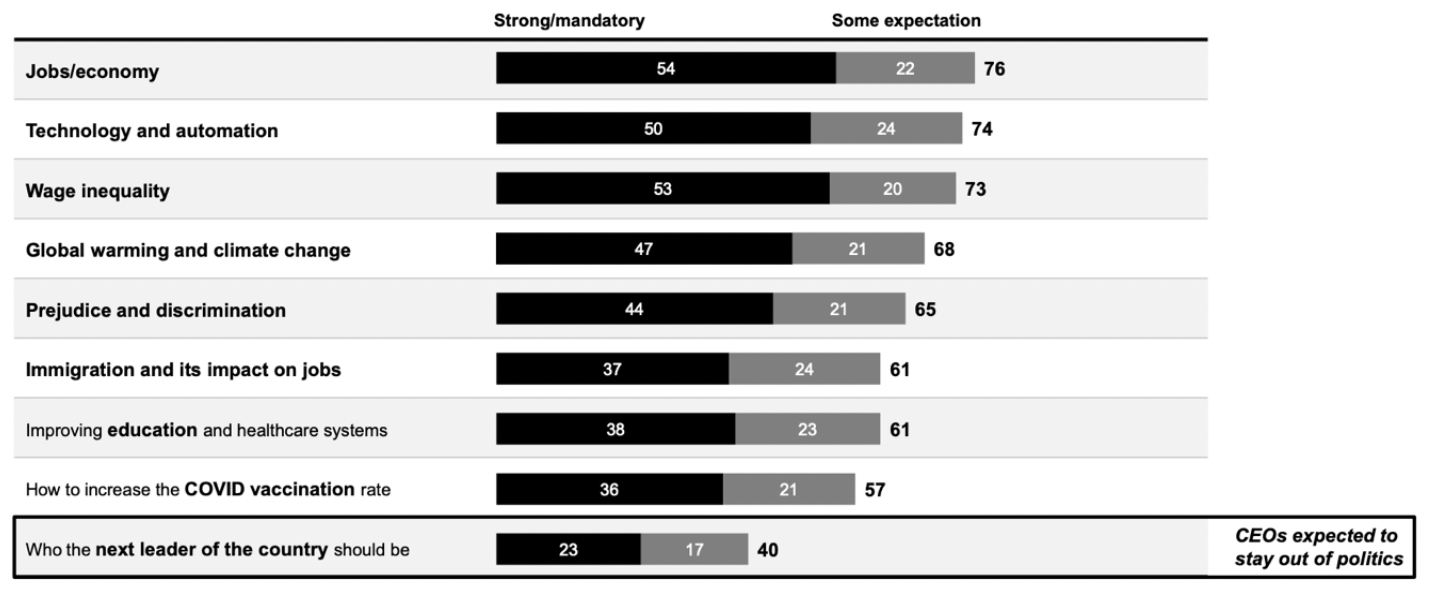
LEARN MORE AND READ THE FULL REPORT ON CAUSE MARKETING & BRAND ACTIVISM, HERE
Brand activism: no pain, no gain
WINS:
- Brand loyalty
- Brand awareness
- Brand associations
- Brand advocacy
- E&S Impact
CHALLENGES
- Polarization
- Easy to misstep
- No full control
- Committing
Define what trade-off you are ready to take… in return of a deeper connection with key stakeholders.
LEARN MORE AND READ THE FULL REPORT ON CAUSE MARKETING & BRAND ACTIVISM, HERE
More info and details on the full report.
- Sustainability & Brand Marketing - part 1: Brand Purpose
- Sustainability & Brand Marketing - part 2: Brand Equity
- Sustainability & Brand Marketing - part 3: Brand Activism
Get in touch
re-sources:
eva@re-sources.co
Do Well Do Good:
marie@dowell-dogood.com


